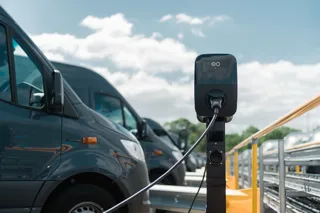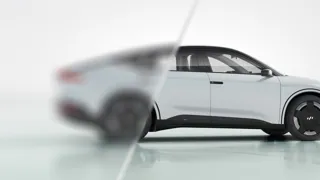Fleet Alliance has seen the proportion of ultra-low emission vehicles (ULEVs) on its managed fleet grow to record levels in the past 12 months.
Around two thirds (66%) of last year’s new car sales at the Glasgow-based leasing and fleet management specialist, were ULEVs.
This comprised one third battery electric vehicles (BEVs), which is a year-on-year growth rate of 50% over 2021, and one third hybrid vehicles, sales of which were up by 10% in the past 12 months.
Nationally, some 16.6% of all new cars were BEVs last year, compared to 33% at Fleet Alliance, while the national market share figure for hybrids was 17.9% compared, again, to 33% at Fleet Alliance.
Company CEO, Andy Bruce (pictured), said that demand for ULEVs was being driven both by sales to new customers and to existing clients, and underlined the business’s commitment to its membership of the EV100 movement.
As an EV100 member, Fleet Alliance has clear plans to electrify its 30,000-strong managed fleet by 2030 and the latest figures show that the commitment continues to be strongly met. Fleet Alliance’s own corporate fleet went fully electric in mid-2021.
He explained: “We are seeing growing numbers of our customers make their own commitment to going electric by adding either BEVs or hybrids to their fleets as they move to meet their own ESG timetables.
“While we have been actively encouraging them, we have largely been pushing against an open door.”
A key driver in the growth of ULEVs has been Fleet Alliance’s salary sacrifice scheme that it launched in late 2021.
Bruce said: “A salary sacrifice scheme takes maximum advantage of the current tax benefits for electric cars.
The three most popular makes of EV on the Fleet Alliance fleet last year were Tesla, Mercedes and Kia but, like many suppliers, Fleet Alliance had been affected by the supply constraints created by the global shortage of semiconductors, said Bruce.
“We are expecting supply to begin to ease during 2023, with more electric models being introduced across the board from all manufacturers,” he continued. “And, we are expecting to see a return to near normality towards the end of the year with lead times and prices gradually coming down as supply eases.”























Login to comment
Comments
No comments have been made yet.